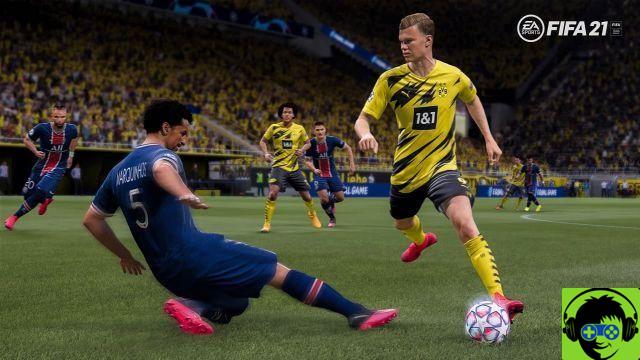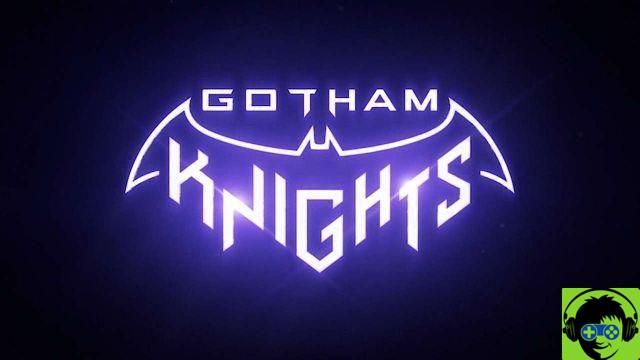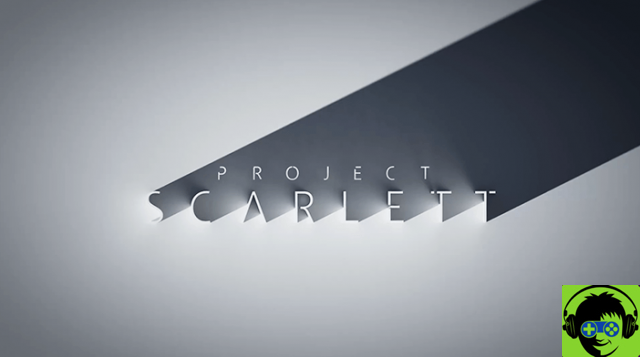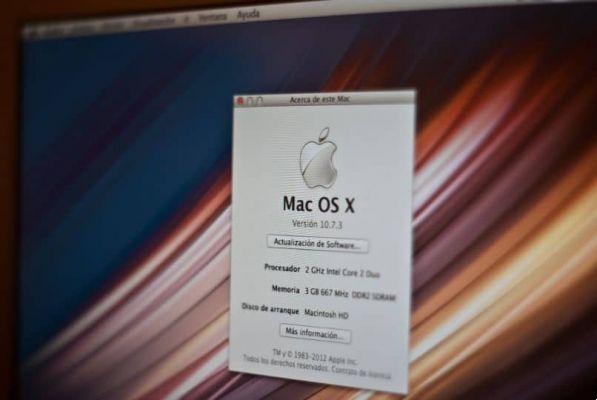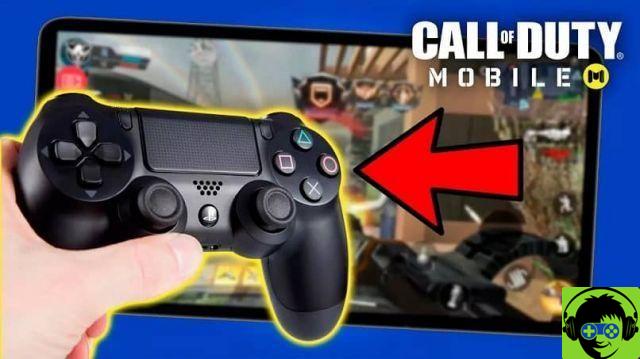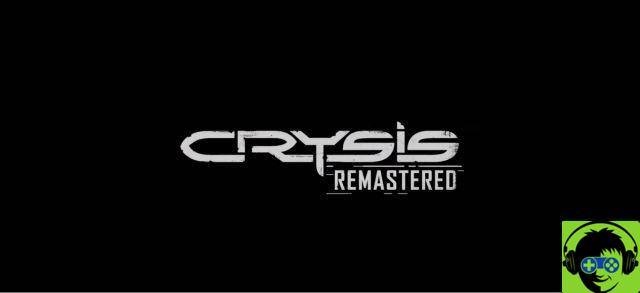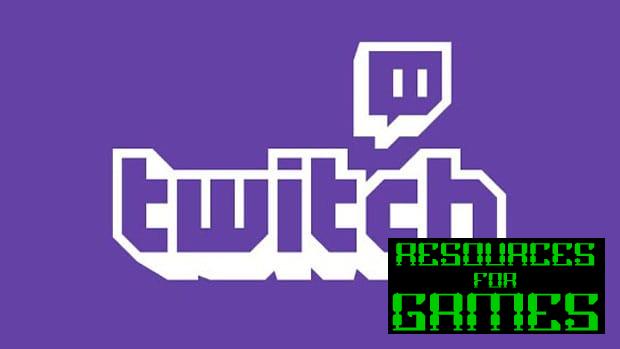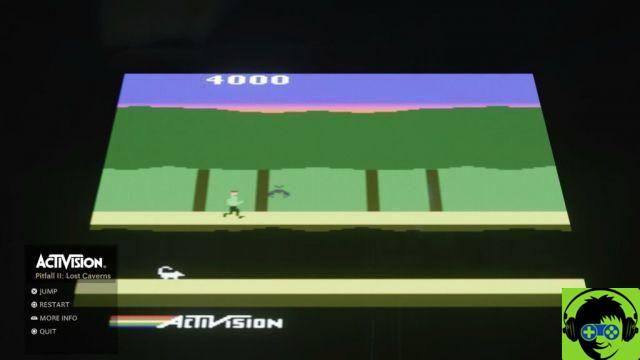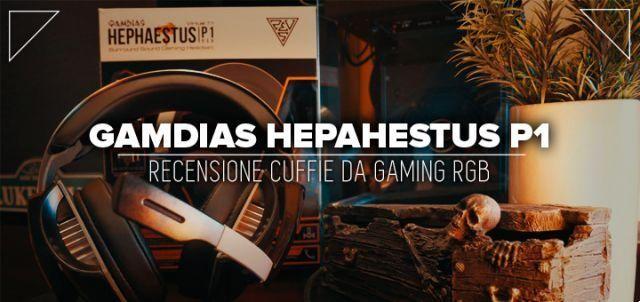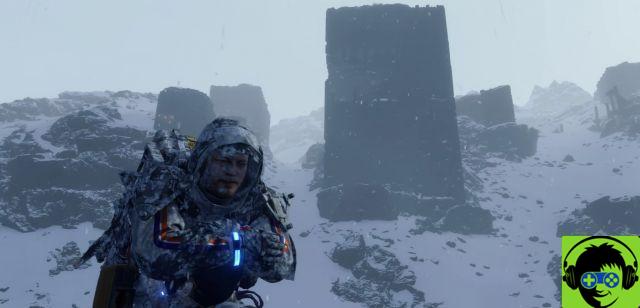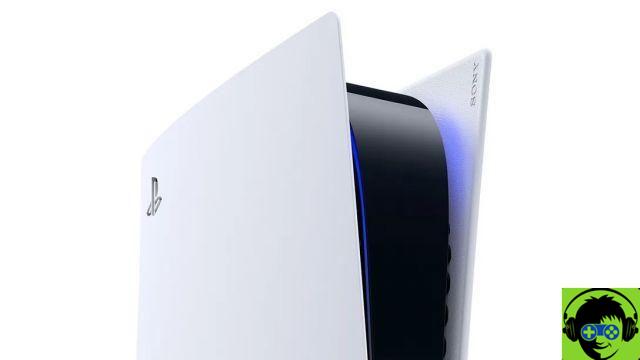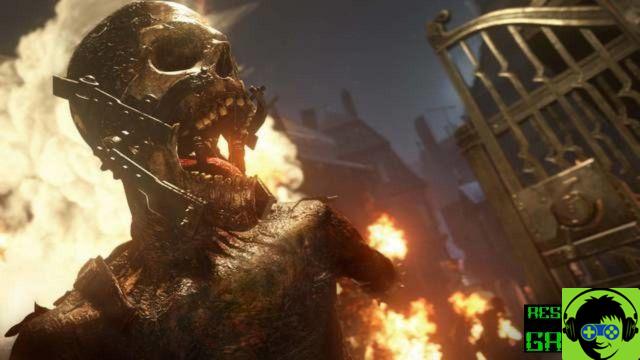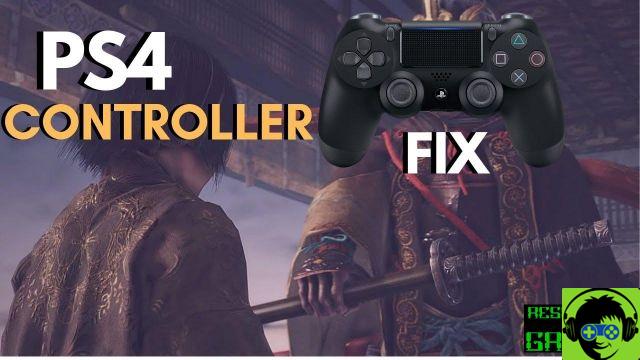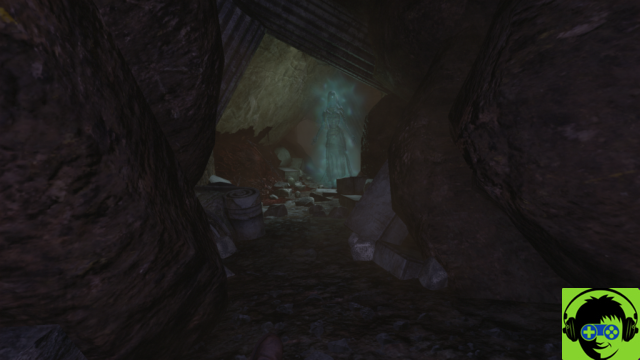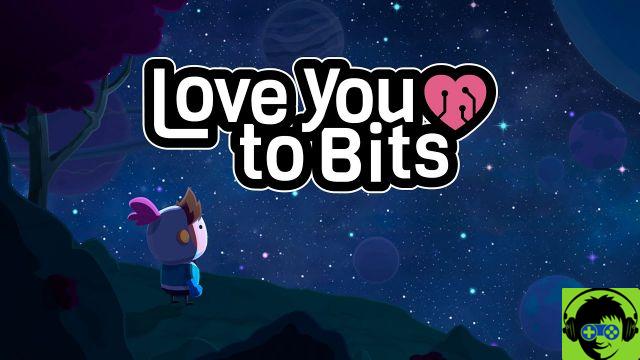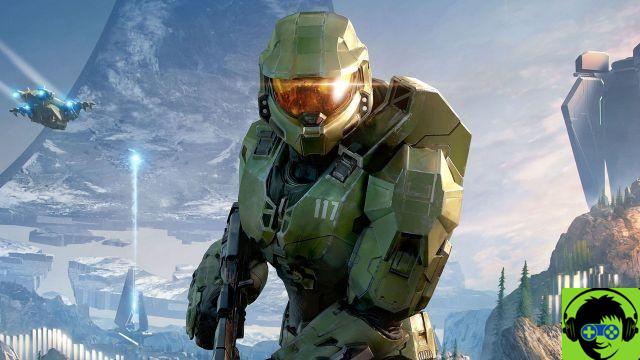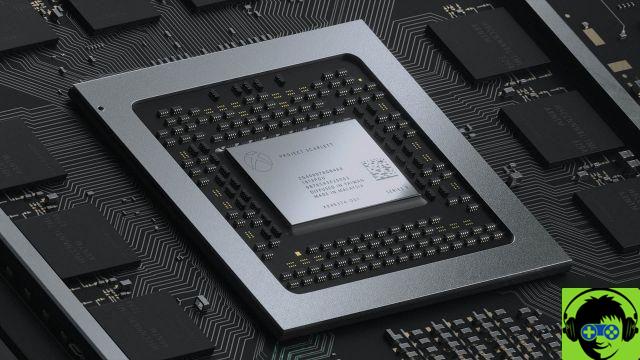
With the PS5 and Xbox Series X on the horizon, we have a great idea of what the next generation of video game consoles will be capable of. With the power of bespoke processors and brand new SSD technology, the new systems will blow the current generation out of the water and take gaming to the next technological step.
However, many of the terms used are either new or things most players shouldn't know. For example, you might have heard of ray tracing, but many gamers don't know what it does and how it will affect your games.
This is where we come in! We've created a glossary of terms that have been used to describe the functionality of next-gen consoles in one place, so you can get as passionate about the power of new consoles as we are! Let's start with the one that Sony and Microsoft have done a lot:
SSD
An SSD, short for Solid State Drive, is a storage drive that will store information that you have downloaded. Previously, consoles used hard drives as storage for games, but they have a huge difference.
Traditional hard drives are drives that use mechanical elements to write data to the drive it stores. The moving mechanical drive, along with the disc tray mechanism on the consoles, is what makes them loud. Since they are also mechanical, the speed at which they install data is determined by the speed of the mechanical element. That's why installing a game to your hard drive on a PS4 or Xbox One can take some time.
An SSD uses no mechanical parts and instead uses flash memory to store data, similar to that of a USB drive. The moving parts do not limit the speed at which it writes data, and being connected directly to the main console board rather than via USB. Read (load data from storage) and write (save data to disk) speeds are extremely fast compared to an older mechanical hard drive. Since there are fewer parts that can mechanically slow down, it should also be more resistant to losing performance over time.
There have been concerns in the past about its durability over longer periods of time due to flash technology. However, that has improved significantly in recent years, and the price has dropped enough that placing them in a console is now a viable option for Sony and Microsoft without player pricing.
As shown in the video below where Sony uses Marvel's Spider-Man as a comparison of load times, it should give you a taste of what it can do in the next generation of consoles.
The use of NVMe for SSDs in the PS5 refers to the protocol, or process, used by the technology to transfer data from the hard drive to the processor for information. NVMe is considered to be one of the fastest for speeds in technology, which should ensure lightning-fast information between the system and the SSD.
8K
8K refers to a resolution at which your device streams content to your TV or monitor.
When content is transferred from a device to the TV, it includes resolution data, in pixels by height and width, telling the TV to calibrate the display to play content at that resolution. For example, if you are using a 4K TV and a PS4 Pro and playing a game that supports 4K, the PS4 will send the game data to the TV which will then be displayed at the requested 4K resolution.
8K explicitly refers to the resolution 7680 × 4320. The resolution is defined by the number of pixels arranged horizontally and vertically on a screen, which means that on an 8K television, it will contain 33 (117 times 600) pixels. That's a lot of pixels!
The advantage of 8K is simple: the higher the resolution, the more detail you can see on your screen. Both devices have to be running at 8K to see this, but doing so increases the details a lot more than if you only display 4K or Full HD 1080p.
Currently, most consumer TVs offer 4K, as 8K is still in its infancy as a technology. TV technology is developing rapidly, however, so it's not possible to say whether 8K will be more affordable by the time the next generation is released. All you need to know is that with 8K support next-gen games should be really good.
However, there is a caveat with all those extra pixels. The detail might be there, but the human eye is only able to see so many pixels on a screen. As a general rule, the closer you are to the screen, the higher the pixel rates and the more visible. For TVs, where you are usually not seated near the screen, it needs to be larger so that the extra pixels are visible. 4K really makes sense with a 50in screen at a typical couch viewing distance, so you may find that a larger screen will be needed to see all of that extra detail. The alternative is to invest in ottomans and get closer to your TV.
120 frames per second
One of the most controversial topics with gaming, especially with PC gamers, is Frames Per Second (or FPS). Sometimes referred to on a TV or monitor as the refresh rate (measured in Hz), FPS is the number of frames displayed when playing a game or watching media. Specifically, the number of image updates your devices send to your TV in one second.
When you lower the frame rate, media appears slower than that of a higher frame rate because devices send fewer frame updates within a second. For example, most soap operas are filmed at 60 frames per second and give a more real-time feel to what you are watching, while movies generally tend to use around 25 frames per second, which makes it seem like it turns slightly slower, but also smoother. When games are described as having a "cinematic" feel, it's because they typically use a frame rate closer to 25 per second than 60.
A good example of this is Uncharted 4: A Thief's End versus the Call of Duty series. Unexplored runs at 30 frames per second, and as a result, it gives the gameplay a more cinematic feel. Call of Duty, on the other hand, uses 60fps in multiplayer, and that's what gives it its breakneck pace.
Increasing the frame rate can adversely affect performance. This means that downgrading to a lower FPS can sometimes be a design choice, especially with games like Uncharted, where the sets suit the more cinematic style of storytelling. Other times this is due to hardware limitations, where increasing the frame rate above 30 would make the game unstable as it requires more power to process and display the extra frames, making the game appear like the game lags even in single player games.
Current systems are only capable of playing games at up to 60 frames per second. The new Xbox will be able to play games at up to 120 frames per second. While the difference isn't immediately noticeable (the myth that you can't see more than 60 frames per second is wrong), the onscreen action will become smoother as a result. It should also mean that the controls become more responsive as a result. Professional esports gamers will frequently use screens with a higher refresh rate than those with a higher resolution for the exact reason that it feels more responsive, so this addition to the console will be noticeable over time.
It is worth paying attention; however, televisions and monitors are not capable of displaying a frame rate higher than their refresh rate. If you are using a TV with a 60Hz refresh rate, you will only be shown a game at a maximum of 60 frames per second, regardless of the frame rate at which the game you are playing may be displayed.
Laser tracing
A newer technology that requires a lot of power, Ray-tracing refers to lighting and reflections in a video game. Typically, when looking at something in a game that reflects light, the game developers have programmed that space to reflect off a certain area to give the shade or reflective effect you want. It is not a dynamic effect.
With ray tracing, light hitting a surface acts like light in real life, reflecting off the surface more realistically and providing a more immersive feel. It also allows reflection on multiple surfaces which is labor intensive using current technology. It doesn't sound that impressive, but you have to see the results in the game to appreciate the level of immersion it brings.
To illustrate what ray tracing can do, check out this demo from PC hardware maker Nvidia and the difference it makes on Battlefield V for PC.
Digital Foundry also has a presentation of Minecraft on the Xbox Series X with Ray Tracing to show the difference it makes, as well as other games that feature a significant upgrade with the technology.
This is the kind of thinking you can expect on next-gen consoles. Technology in its current form places enormous demands on the material with which it is used. Even the current top of Nvidia's hardware lineup struggles to maintain a high frame rate, so this will give you an idea of how powerful the new consoles are if they can run the tech smoothly.
Ryzen / Zen 2
The brains of operations, both consoles are expected to use processor maker AMD's new Zen 2 architecture to power their systems, both on the Ryzen product line. These processors are new and represent one of the biggest developments in processor technology in some time. With incredible benchmarks, being able to use it in a console should give excellent results.
Unlike a PC where the processor is used by several res




